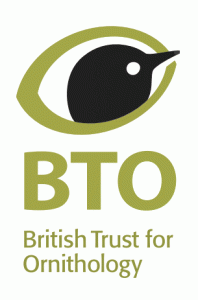Not to be confused with a House Sparrow, our Dunnock bird guide will help you learn the difference between these popular garden birds. Firstly, they have a thinner beak and orange legs. They’re also known for having quick, shuffling movements and flicking out their wings. They love seeds and insects, but are just as happy with kitchen scraps!

To find out more about other birds, take a look at our interactive bird guide.

About
Dunnocks are actually relatively plain looking with a grey underside and streaked brown and black back.
Locations
Dunnocks can be spotted in most areas across the UK
Habitat
Woodlands and gardens
Diet
Insects and seeds
BTO Facts
According to Garden BirdWatch data, which has been collected since 1995, Dunnocks are most frequently seen in gardens in March, in around 82% of gardens. Although the British population of Dunnocks has declined in recent times, their occurrence in gardens has remained stable since Garden BirdWatch began. Gardens provide the ideal habitat for Dunnocks to feed and breed in.




